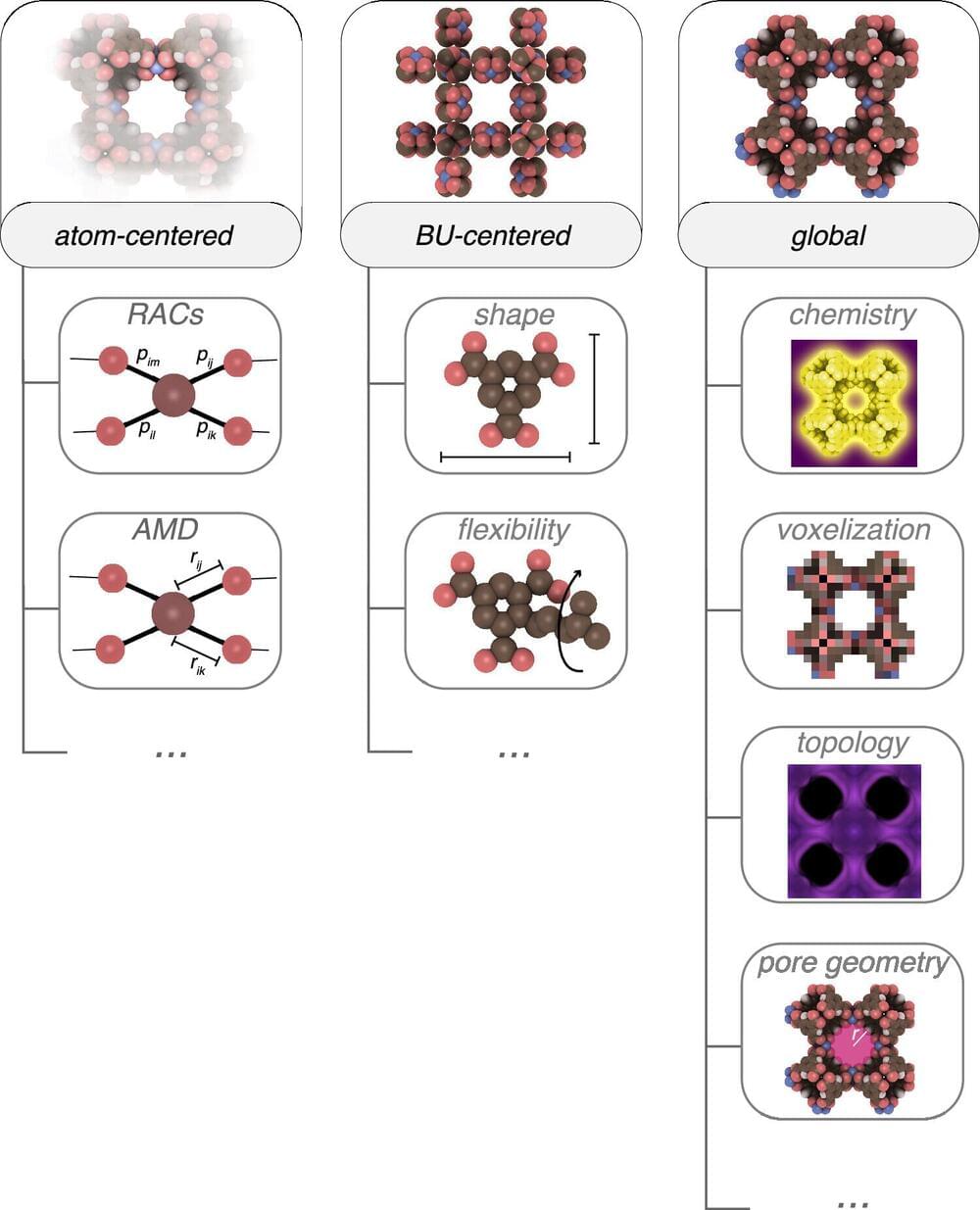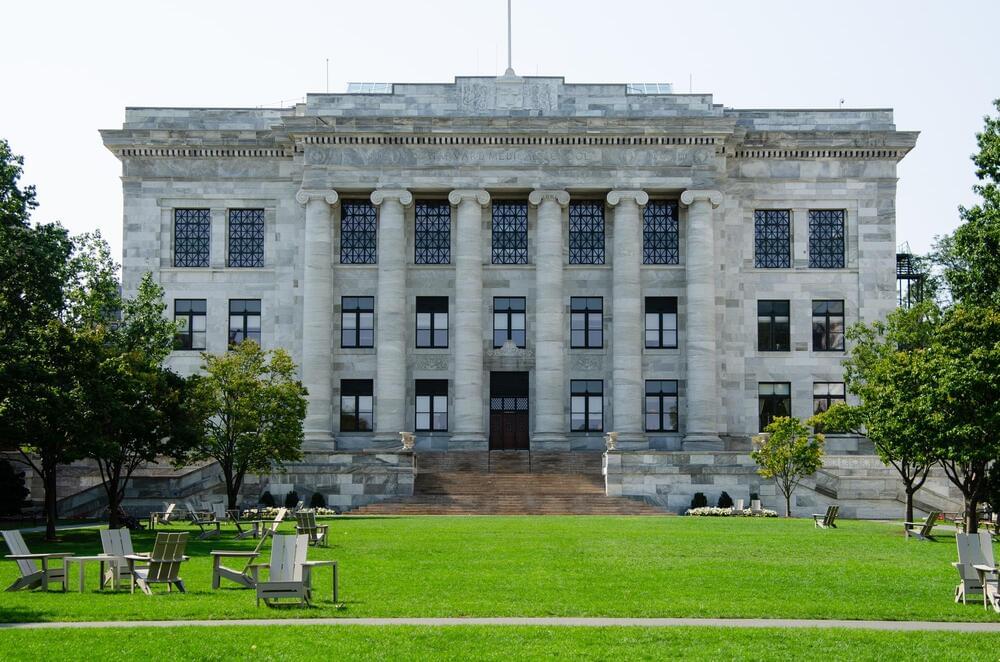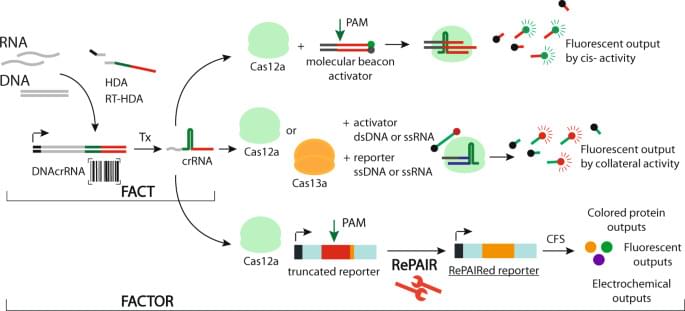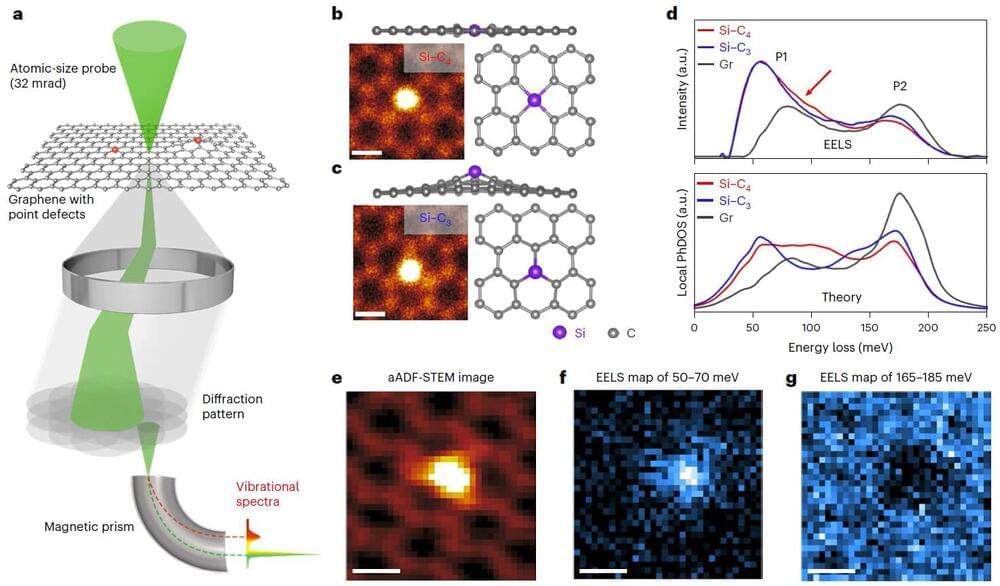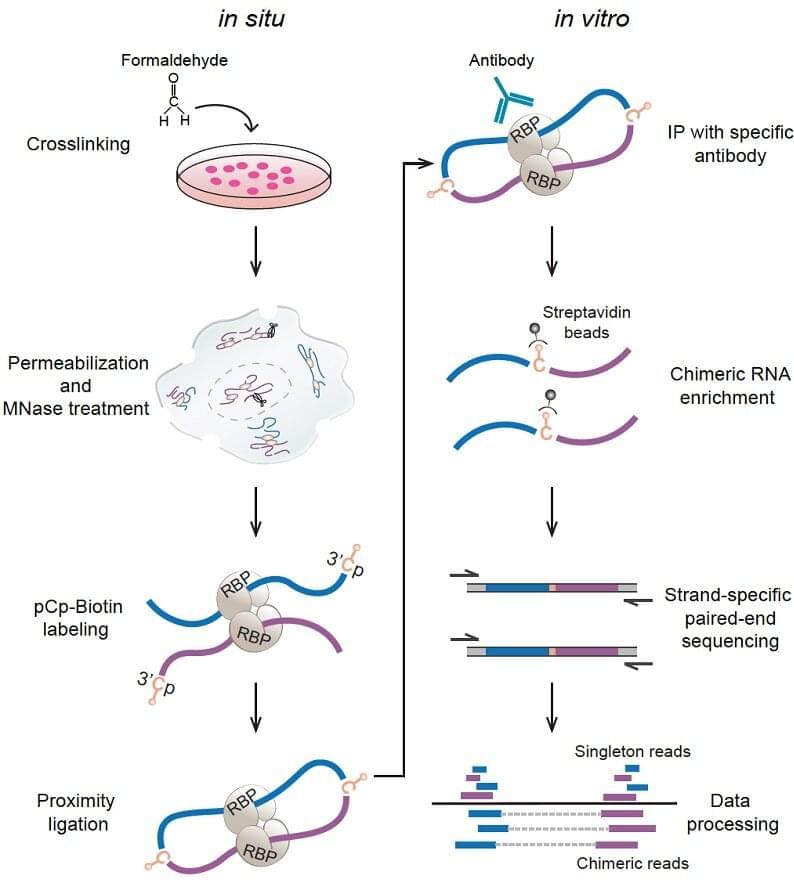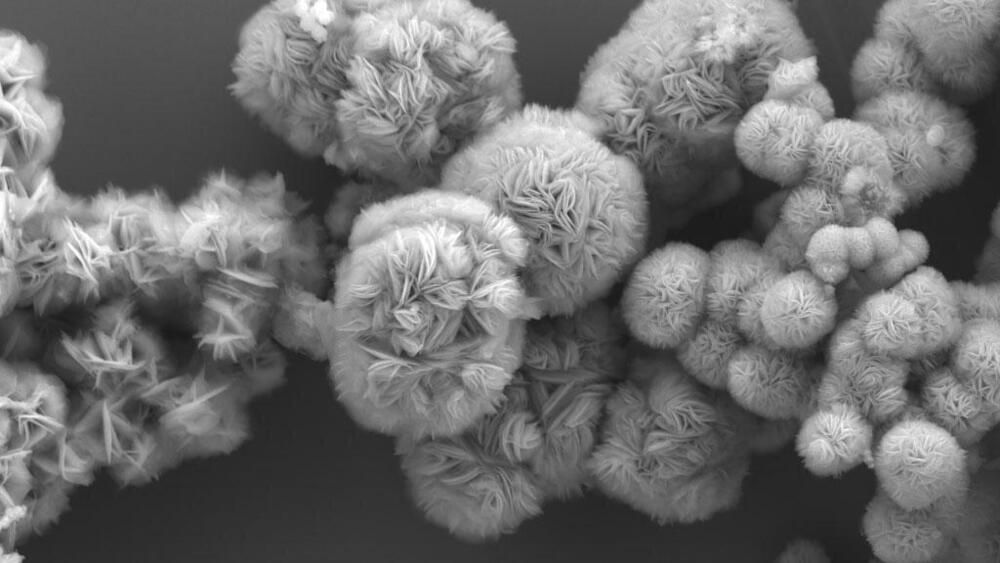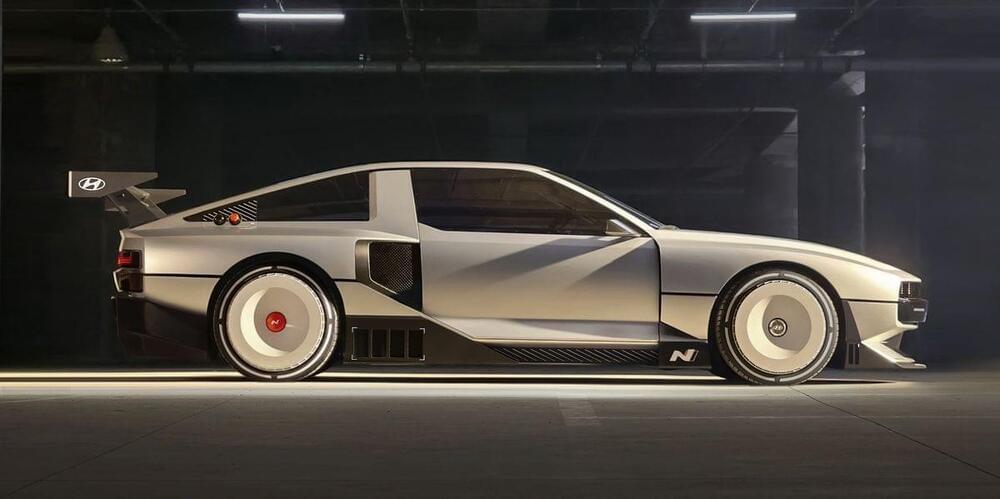A team of chemists and computer scientists from the Swiss Federal Institute of Technology Lausanne, the University of California and Institut des Sciences et Ingenierie Chimiques, Ecole, have developed an ecosystem of tools to boost machine-learning-based design of metal-organic frameworks.
In their study, reported in the journal ACS Central Science, Kevin Maik Jablonka, Andrew Rosen, Aditi Krishnapriyan and Berend Smit coded tools to convert data into machine learning inputs to create a system to boost machine-learning frameworks.
Reticular chemistry is the science of designing and synthesizing porous crystalline materials with certain predefined structures and properties (building blocks). These materials, known as metal-organic frameworks (MOFs) have applications in gas storage, separation, catalysis, sensing and drug delivery.
